One of the plants continuing to flower in this most unusual October weather has been Ceratostigma plumbaginoides, or the hardy plumbago plant. It is native to western China, and seems to have been discovered on an expedition by the Russian scientist Alexander Andreyevich Bunge (1803–90), born in Kyiv to German immigrant parents.
After the death of his father, a pharmacist, in 1814, the family moved to Dorpat (now Tartu in Estonia), where Alexander studied medicine and botany at the university. His botany mentor was Carl Friedrich von Ledebour (1786–1851), a German-Estonian who was professor of science at the university.
Bunge began his working life as head of metallurgy in a Barnaul factory in the Tomsk region (in the south of western Siberia), and also served as a district physician in the area. He went on a botanical expedition with Ledebour and Karl Anton von Meyer (1795–1855), another Dorpat graduate, to the Kazakh steppe and the Altai mountains, during which they collected 1,600 plant specimens which formed the basis of Ledebour’s four-volume Flora Altaica, published between 1829 and 1833.
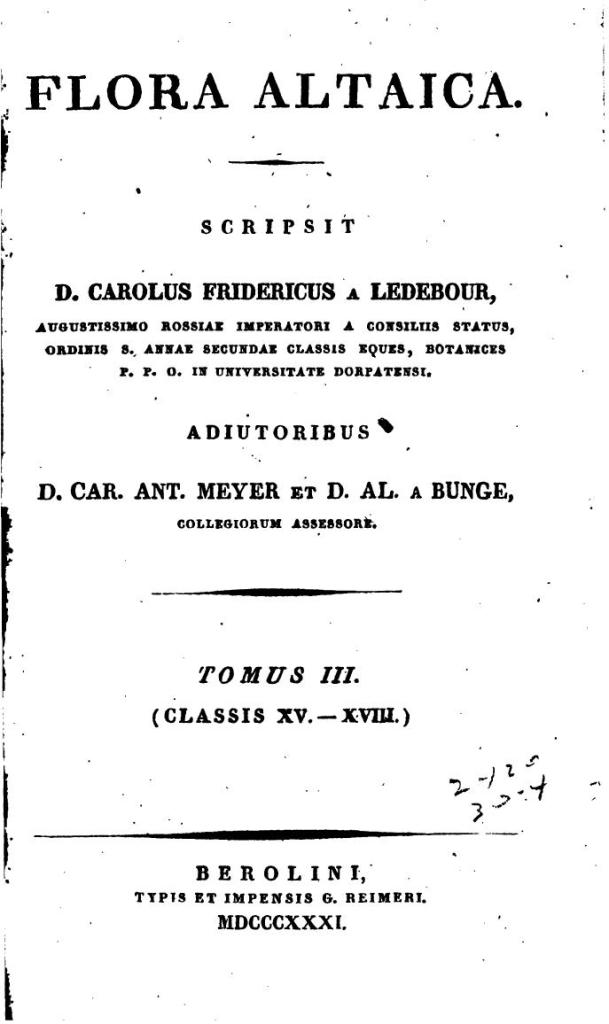
Bunge remained in southern Siberian, first in Kolyvan in the district of Novosibirsk, and then in Zmeinogorsk in the Altai region. Alexander von Humboldt, who was visiting the area in 1829, recommended Bunge to the Academy of St Petersburg to head a scientific mission to Peking. This consisted of Bunge himself, a military colonel as escort, an astronomer and a mineralogist.
They crossed the Chinese border at the end of August 1830, crossed the Gobi Desert, and arrived in Peking in November. Next spring he continued his research, but fell foul of the Chinese authorities by leaving Peking without permission.
The party left China in July 1831, and arrived back in Russia in early September. As well as making astronomical observations, they had collected minerals and 450 plant specimens. Bunge also collected some beetles, which were late published by the entomologist Franz Faldermann (1799–1838), under the title Coleopterorum ab illustrissimo Bungio in China boreali, Mongolia, et Montibus Altaicis collectorum description.
Bunge spent the winter in Irkutsk, working on his plant samples. According to IPNI, he named 1981 specimens, though not all have stood the test of time: for example, Viburnum fragrans Bunge was later renamed Viburnum farreri Stearn. Most of his herbarium ended up in the Russian Academy of Sciences.
There are pages of Astralagus among the 1981, but only two Ceratostigmas: plain Ceratostigma Bunge Enum. Pl. China Bor. [A.A. von Bunge]; and Ceratostigma plumbaginoides Bunge, Enum. Pl. China Bor. [A.A. von Bunge]. The reference ‘Enum. Pl.’ etc. is to his book: Enumeratio Plantarum, quas in China Boreali collegit, published in 1835.
In 1832, Bunge return to Barnaul as a physician, but he made a further expedition, sponsored by the Russian Academy of Sciences, to the Chuya river in the Altai. The following year, he returned west to St Petersburg, becoming a member of the Academy and professor of botany in Kazan University. An expedition to the Volga steppe followed, after which he moved back to Dorpat, succeeding Lebedour as professor of botany and director of the botanic garden there. His travels were not over, though: he went to Khorasan and Afghanistan in 1857–8 and to Persia in 1858–9.
He wrote or co-authored fifteen books, and was honoured by his fellow botanists with a genus Bungea, and seventeen species names, including this rather nice Iris bungei.
But getting back to the plant … Ceratostigma plumbaginoides falls into the family Plumbaginaceae, and is thus related to the leadworts, including Plumbago auriculata, Plumbago europea and Plumbago indica. (The common name leadwort derives from Latin plumbago, lead.)
The plant is popular, I think, because it flowers prolifically and well into autumn, as well as providing excellent ground cover, with leaves which turn red later in the year. There have been hybrids, of which the best known is the pale blue Ceratostigma willmottianum.
But for me the mats of deep blue flowers nestling in green and red foliage have got to be the favourites. And respect to the much-travelled Alexander Andreyevich Bunge for making it known to the West!
Caroline


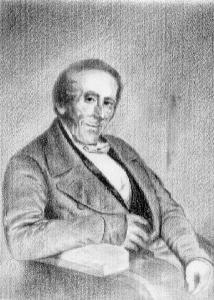

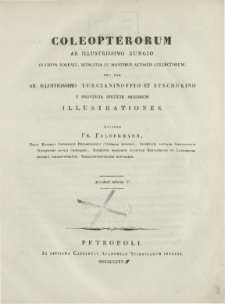
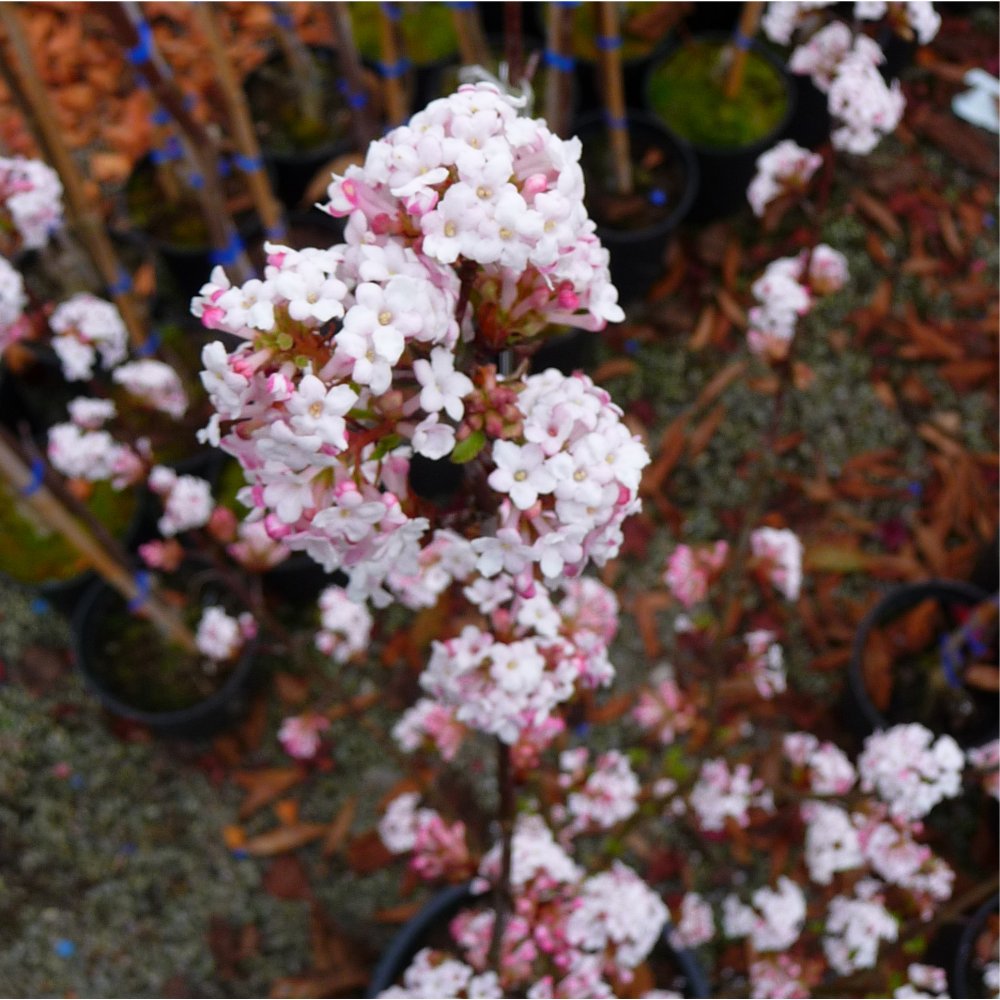

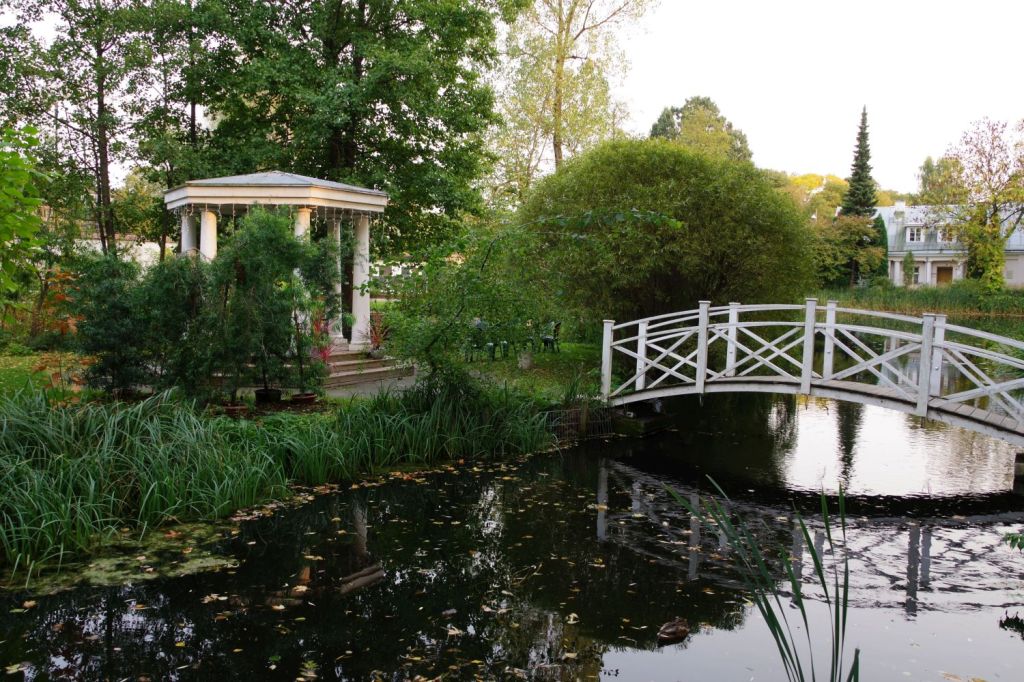



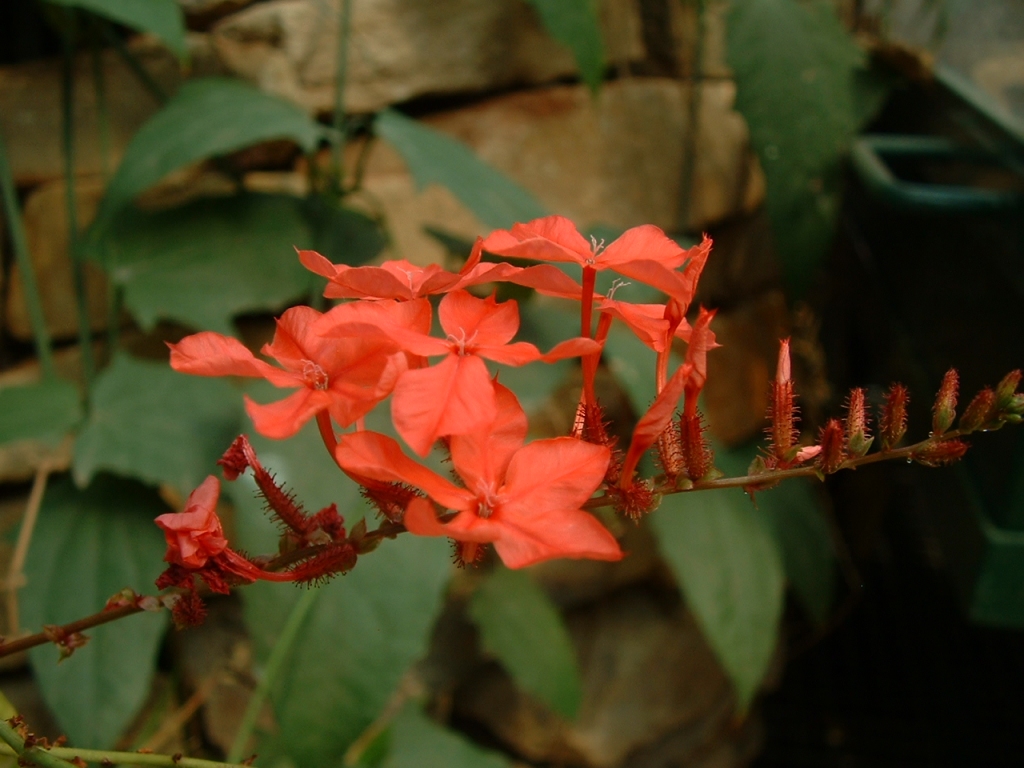
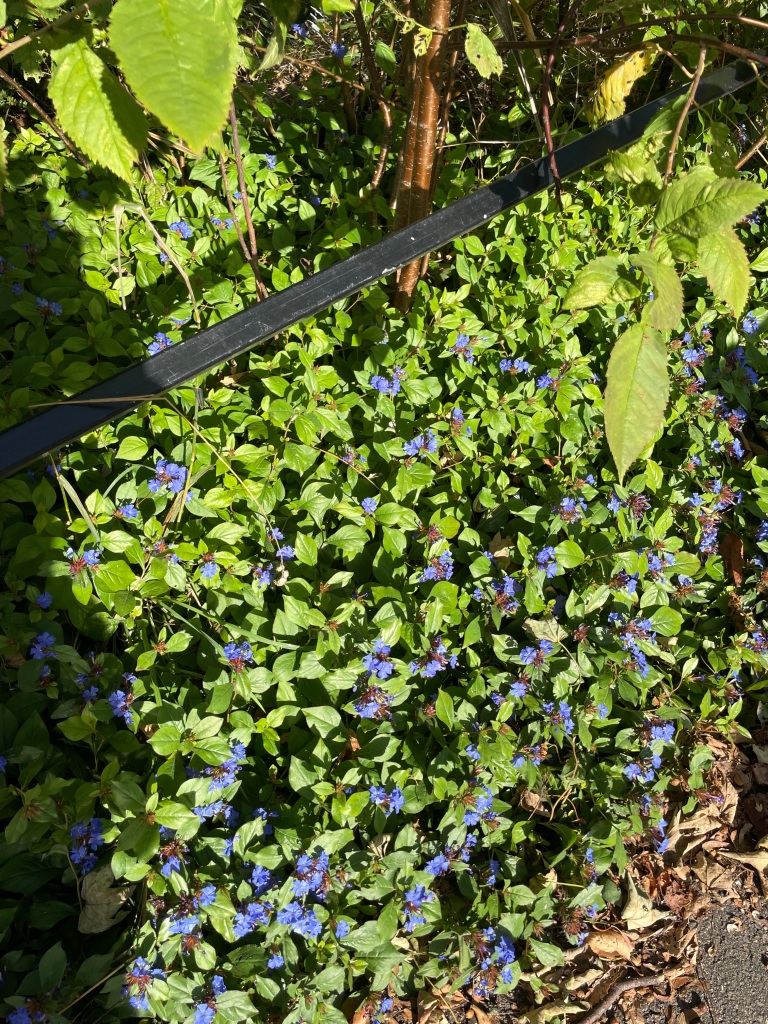


I live in the south of France, and there Cape plumbago, Plumbago auriculata, is common. It blooms from mid-summer on, and in my garden is still in full bloom. It’s an excellent wall shrub in frost-free regions (or in a conservatory elsewhere). The wild plant is a bit of a watery blue, but mine (and maybe the one in your picture?) seems to be one called ‘Azur Blue’ – which is appropriate as my area is called la Côte d’Azur. (That isn’t a 100% identification, unfortunately.)
LikeLiked by 1 person
It is a very common plant Australian gardens, tending to take over if not kept pruned. We don’t seem to have the one where the leaves turn red in Autumn
LikeLiked by 1 person